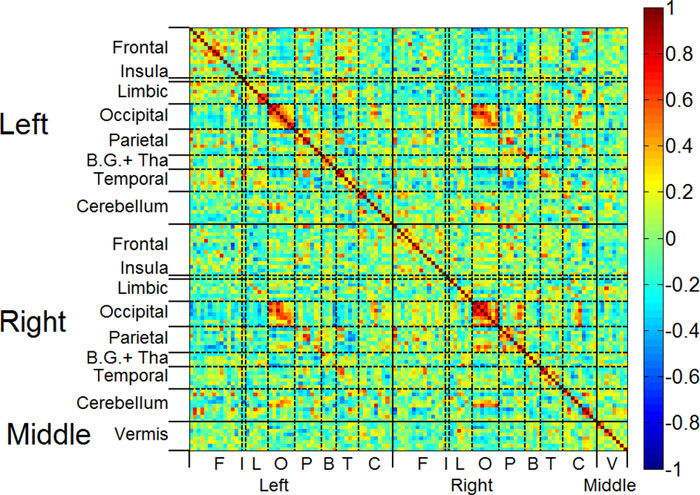I have a couple of {x,y,z} points
a = {{0, 1, 0.}, {50, 1, 0.018931}, {100, 1, 0.02}, {0, 2, 0.}, {50, 2, 0.131}, {100, 2, 0.2}};
and I'm visualizing them with
ListPointPlot3D[a, PlotLegends -> Automatic, ImageSize -> 400, ColorFunction -> "Rainbow", PlotStyle -> PointSize[0.03], PlotRange -> {0, 1}]
it gives me this view:

Now I don't need to see this graph in 3D because the color already codes for height. So is there a function that would allow me to see this graph "from above"? Ideally, each {x,y,z} point would be represented by a big square of coordinates {x,y} and of color representing z. I would also like to be able to label all squares with the same y, as they represent different entities (we can imagine the x axis is time (from 0 to 100), and I have recorded sound levels (z) in two conditions "noisy" (y = 0) and "quiet" (y = 1). I would like to label "noisy" and "quiet" close to my data).
So in the end I could get something like this (I took this image on the internet so of course labels are wrong, but it gives this idea of a coloured matrix) :








ArrayPlot? $\endgroup$